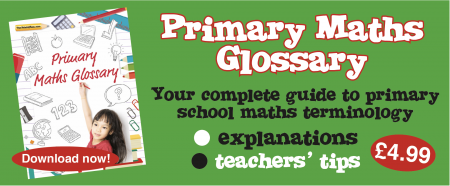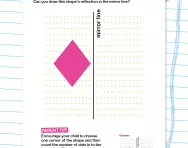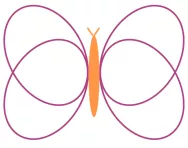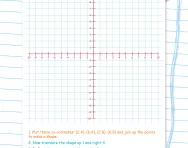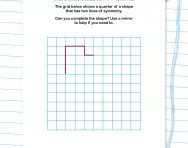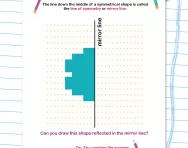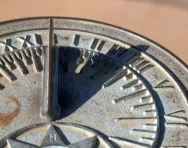TheSchoolRun.com closure date
As we informed you a few months ago, TheSchoolRun has had to make the difficult decision to close due to financial pressures and the company has now ceased trading. We had hoped to keep our content available through a partnership with another educational provider, but this provider has since withdrawn from the agreement.
As a result, we now have to permanently close TheSchoolRun.com. However, to give subscribers time to download any content they’d like to keep, we will keep the website open until 31st July 2025. After this date, the site will be taken down and there will be no further access to any resources. We strongly encourage you to download and save any resources you think you may want to use in the future.
In particular, we suggest downloading:
- Learning packs
- All the worksheets from the 11+ programme, if you are following this with your child
- Complete Learning Journey programmes (the packs below include all 40 worksheets for each programme)
You should already have received 16 primary school eBooks (worth £108.84) to download and keep. If you haven’t received these, please contact us at [email protected] before 31st July 2025, and we will send them to you.
We are very sorry that there is no way to continue offering access to resources and sincerely apologise for the inconvenience caused.
What is rotation of shapes?
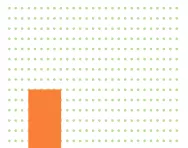
What is rotation of shapes?
Rotating shapes means moving them around a fixed point (clockwise or anticlockwise, and by a certain number of degrees). The shape itself stays exactly the same, but its position in the space will change.
How to rotate shapes
Children need to have a good knowledge of angles before they can carry out tasks involving rotating shapes. They need to know off-by-heart that 90˚ is a quarter turn, 180˚ degrees a half turn, 270˚ a three-quarter turn and 360˚ a full turn.
They may be given a shape like the following one in blue and asked to rotate it 90˚ clockwise about the vertex marked with the red dot: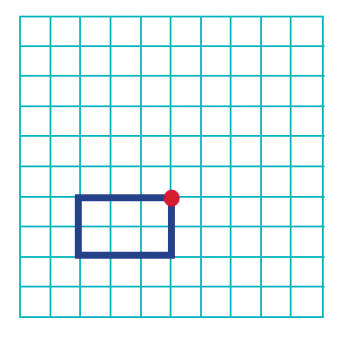
They should end up with a new shape (in red; the original shape is still shown in blue) like this: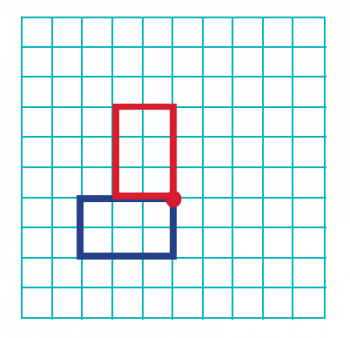
Alternatively, they may be given a shape and asked to rotate it about its centre. In this case, someone started with the pink shape and rotated it 180˚ anticlockwise about the vertex marked with the red cross, resulting in the green shape: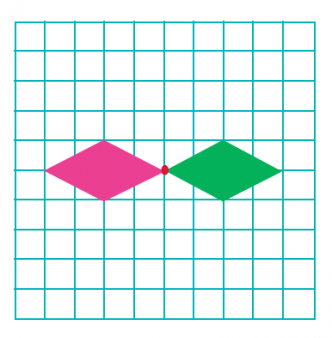
It is a good idea to give children cut-out shapes so that they can physically rotate the shapes to gain a better understanding of this concept. They then need to move onto being able to work out how to rotate the shapes without this support.
Rotating shapes and coordinates
Questions on rotation can be combined with coordinates. For example, a child might be shown this shape: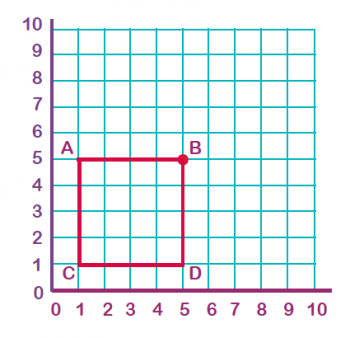
They might be asked the following question:
If this shape is rotated 90˚ clockwise about point B, what will the co-ordinates of point A be on the newly rotated shape?
They would then need to rotate the shape (mentally or with the help of a small square) and see where point A would be on the rotated shape (5, 9).
Shapes can also be reflected In a mirror line and translated.
